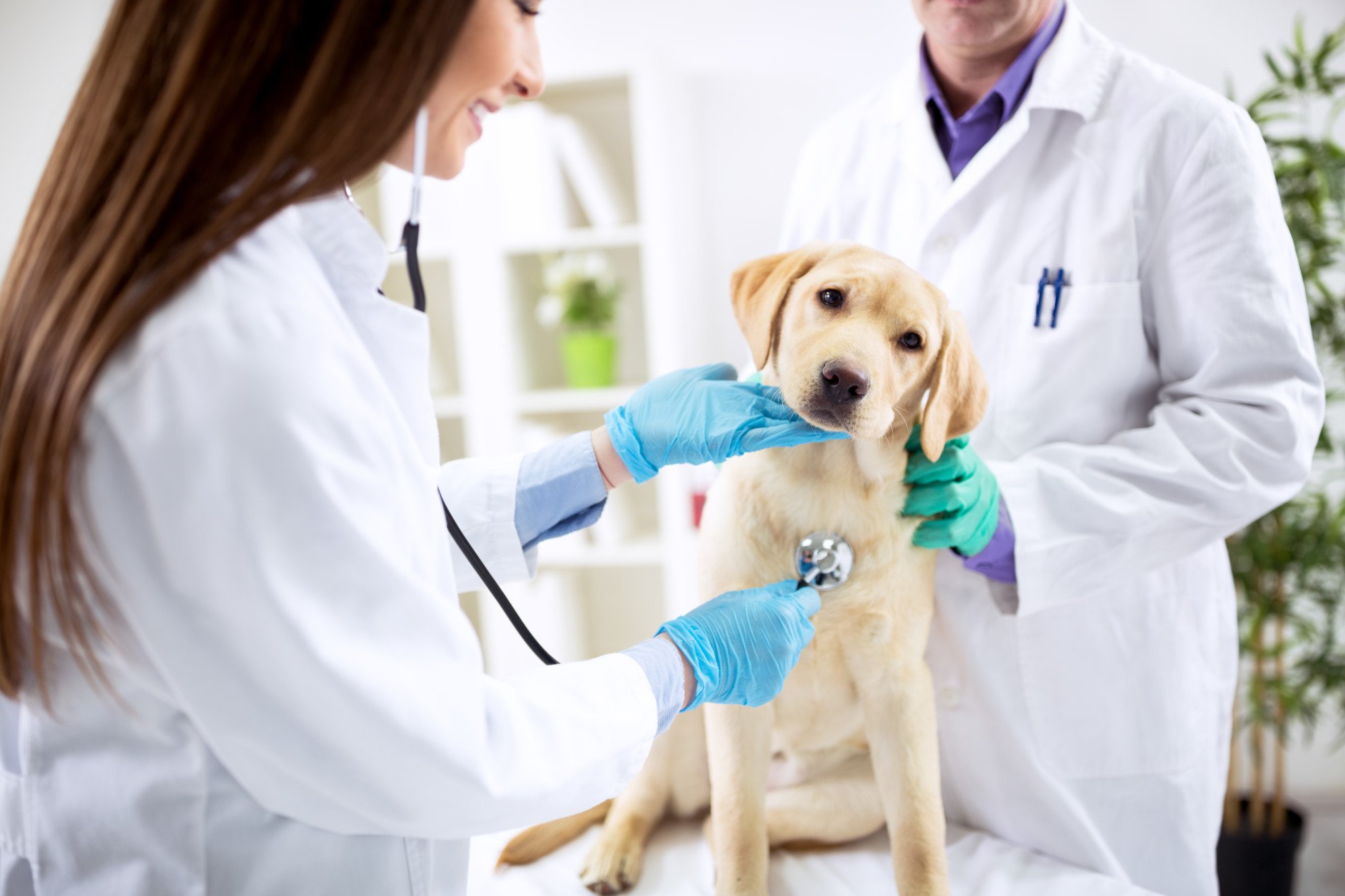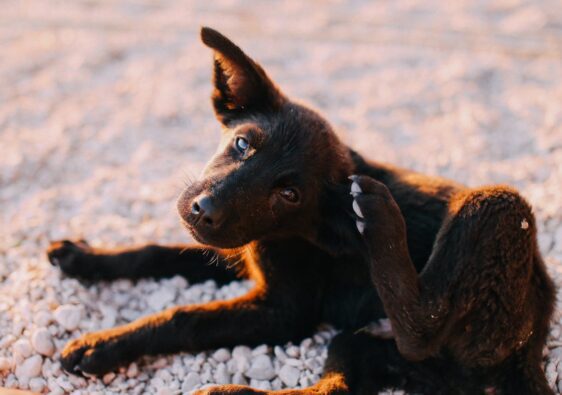Are you worried about your panting dog? Hyperventilation in dogs is a serious problem, and if it’s not dealt with, it can lead to more serious illnesses.
Hyperventilation in dogs can be caused by a variety of factors. During hyperventilation, a dog will breathe deeper and faster, trying to get as much oxygen as possible. Because of this, a dog breathing fast is one of the first signs of hyperventilation.
But why is your dog hyperventilating? Below, you can find out the causes of hyperventilation in dogs, as well as how to get your friend back to normal.
Overheating or Heat-Related Illnesses
Your dog’s hyperventilation could be a result of overheating or heat-related illness. If your dog is hyperventilating, it’s important to check for signs of excessive panting or panting at irregular intervals. The dog might have been playing or exercising in an area with limited air circulation for a prolonged period of time, causing their body to overheat and become distressed.
Heat-related illnesses can lead to dangerous consequences and cause severe, permanent damage if not treated promptly. Signs of a heat-related illness may include reduced energy, dark gums, heavy drooling, a tender abdomen, vomiting, and even collapse.
If your dog is experiencing any of these symptoms, be sure to take them to the vet immediately. Ensuring your pet does not overheat during summer months and warm weather is an important way to prevent further complications.
Pain, Stress, and Anxiety
Pain, stress, and anxiety can all lead to hyperventilation in dogs, just as in humans. When a dog is in pain, their body releases increased amounts of stress hormones, leading to increased respiration rates and, in turn, hyperventilation.
Anxiety can also lead to an increased respiration rate and, when combined with pain, can cause a dog to become increasingly stressed and anxiety-ridden, leading to a higher chance of hyperventilation.
When a dog is hyperventilating, they are in a state of panic, which can also be caused by pain, stress, and anxiety – all these conditions can work together to increase a dog’s hyperventilation.
If you believe your dog is hyperventilating due to pain, stress, or anxiety, it is important to seek medical attention as soon as possible. Dog CBD gummies might be a good treatment, so you might want to check this with a professional.
Reverse Sneezing
Reverse sneezing is a response in dogs to trigger a sneezing-like spasm from the throat that’s caused by a combination of two things: a ticklish throat and forceful inhalation. This spasm can cause the dog to appear hyperventilate because the spasms can cause the dog to take more rapid, shallow breaths.
It can also sound like snorting, honking, or gagging. Most dogs experience reverse sneezing when something has irritated the soft palate of the throat, such as a cold room, exercise, excitement, dust or pollen, eating or drinking quickly, or having their collar pulled tight.
So, if your dog is hyperventilating due to reverse sneezing, it could be caused by the irritation of the soft palate in the throat or other triggers such as the environment, activity, or digestion.
Metabolic Acidosis
Metabolic acidosis is a medical condition that occurs when the body produces too much acid or too little bicarbonate to neutralize acid. It can cause a variety of symptoms, including hyperventilation. When the body is unable to get rid of the accumulating acid, the blood is unable to carry oxygen to the cells, and the body responds by hyperventilating.
Hyperventilation increases the respiration rate and the amount of air breathed in, allowing the body to rid itself of the excess acid. This is why your dog is hyperventilating because of metabolic acidosis. Metabolic acidosis can range from mild to life-threatening and requires medical attention.
Common causes include diabetes, kidney disease, and renal failure. It is important to get an accurate diagnosis and to seek medical treatment right away to stabilize the body and keep the acid levels within normal range. Treatment options include medications, dietary changes, and electrolyte therapy.
Allergic Reactions
Without professional medical assistance and allergy tests, it can sometimes be difficult to identify the exact cause of a dog’s hyperventilating due to an allergic reaction. In this case, the most likely cause is an allergic reaction.
Allergic reactions occur when the body has an abnormal immune response to substances, such as certain chemicals, ingredients, or medicines, which are referred to as allergens. When a dog has a reaction to an allergen, it may exhibit a variety of symptoms, including sniffling, sneezing, increased salivation, watery eyes, scratching, and, in the most severe case, hyperventilation.
In mild cases, it is necessary to treat the symptoms and remove the offending allergen, but in more serious cases, a trip to the vet is required. In order to properly identify the cause of the reaction, a veterinarian may recommend allergy testing for your dog.
Respiratory Diseases
Respiratory diseases are caused by infections, allergens, or pollutants that enter the body via the airways. In dogs, this can lead to hyperventilation, which is characterized by rapid breathing and a consistent panting pattern. Hyperventilation is usually a symptom of a respiratory disease such as bronchitis, pneumonia, heartworm, or asthma.
The increased breathing rate is an attempt to compensate for the lack of oxygen being brought into the body – the disease inflames and irritates the airways, resulting in the airways not functioning efficiently enough to bring in adequate levels of oxygen. As a result, the dog’s body is forced to work harder to bring in enough air, resulting in rapid breathing and panting.
If left unchecked, the condition can worsen and lead to further complications for the dog. It is important to monitor your dog’s breathing and take them to the vet if you notice any changes in their breathing patterns.
Learn Why Is Your Dog Hyperventilating
There are different reasons for dog hyperventilating. To prevent or reduce the rate of hyperventilation, it is best to consult with a veterinarian and follow any provided instructions.
With proper care and love, your pup will be back to normal soon. Take the necessary steps to ensure your pup’s health and safety today.
If you want to explore the best topics, we’ve got you covered. Check out some of our other blogs today!



